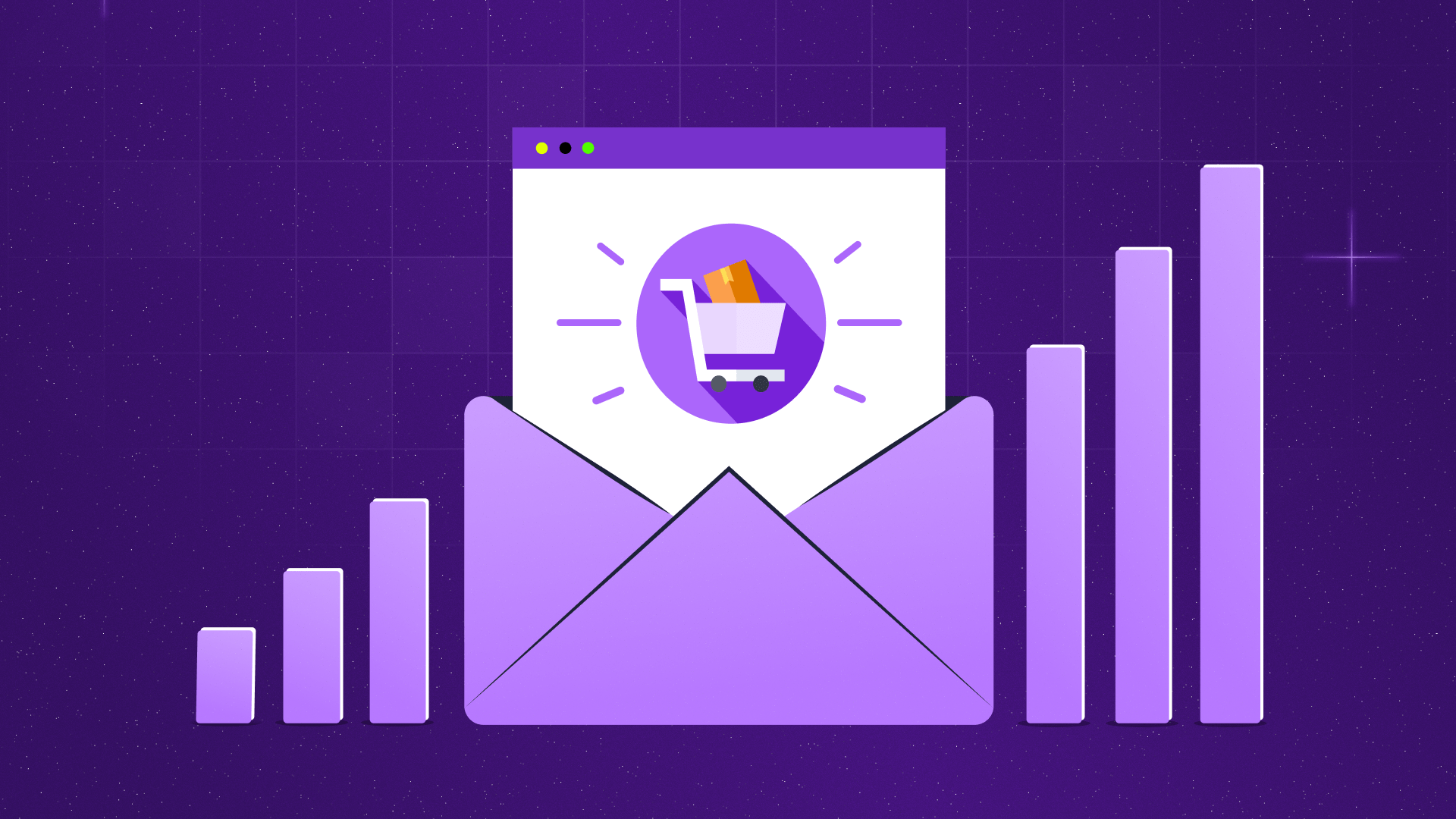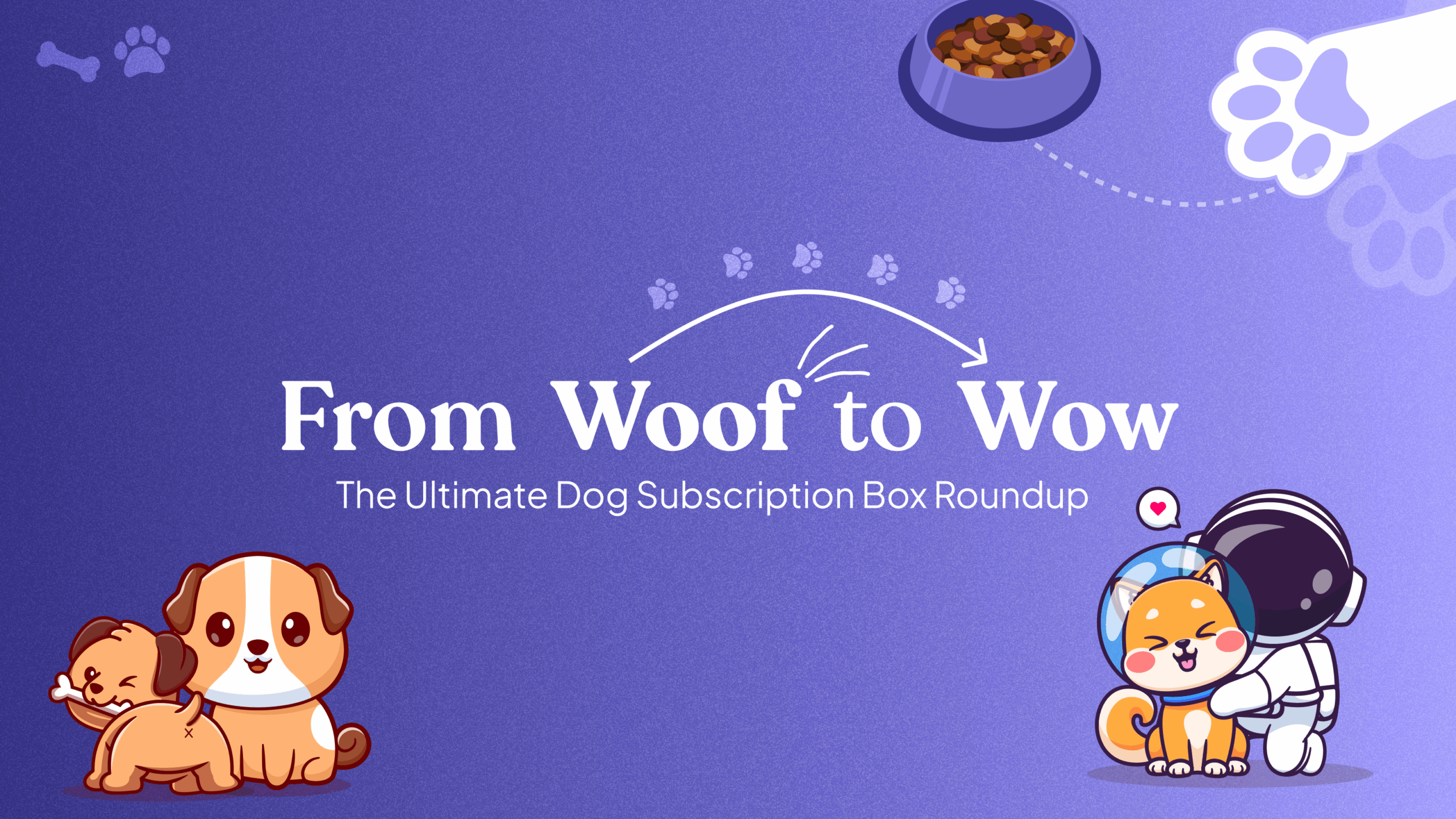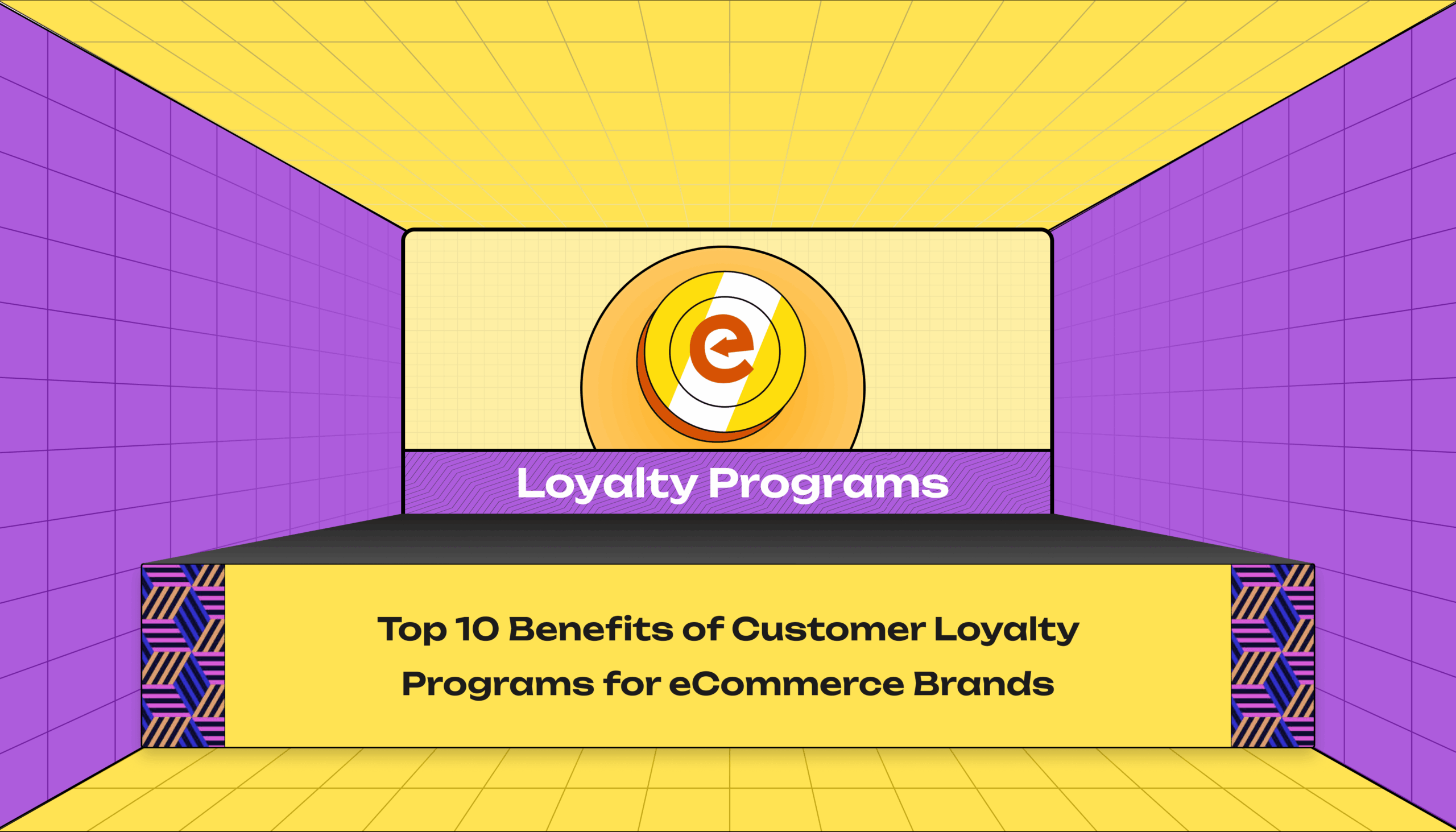
Top 7 Abandoned Cart Email Strategies to Recover Lost Sales in 2025
Published On: July 28, 2025 - 4 min read
According to the Baymard Institute, the average abandoned cart rate in 2024 was 70.19%. Our internal analysis shows that recovery emails using AI-based personalization saw a 32% higher click-through rate than standard follow-ups—a promising shift for 2025.
This blog explores the top 7 abandoned cart email strategies for 2025—optimized for both traditional inbox users and those influenced by voice-activated assistants.
Strategy 1: Use AI-Powered Personalization
What it is:
Send emails tailored in real time based on user behavior to boost abandoned cart recovery results.
Why it works:
Personalized emails have been shown to generate up to 32% higher click-through rates, making them a powerful tool for abandoned cart recovery in 2025.
How to implement:
- Use AI for subject lines, product recommendations, and discount logic
- Add dynamic personalization: name, location, previous behavior
- Segment audiences with predictive intent modeling
Voice Assistant Tip:
Use short, casual subject lines like: “Hey Alexa, remind me to check out my cart!”
Strategy 2: Time Your Emails Strategically
What it is:
Send recovery messages triggered by user behavior to ensure your abandoned cart email reaches the inbox at the right moment.
Why it works:
An abandoned cart email sent within 30–60 minutes of cart abandonment can boost open rates by 18–25%, especially when timed using behavioral data.
How to implement:
| Email Stage | Timing | Goal |
Email 1 |
30-60 minutes post abandonment |
Immediate re-engagement |
Email 2 |
24 Hours Later |
Reinforce value and shown urgency |
Email 3 |
3-5 days Later |
Final incentive before dropping cart |
Voice Assistant Tip:
Schedule for early mornings when smart speaker usage peaks.
Strategy 3: Craft Compelling Subject Lines & Preheaders
What it is:
Write natural, voice-optimized subject lines that spark curiosity.
Why it works:
Voice assistants favor conversational phrasing.
How to implement:
- Ask questions: “Still thinking about these shoes?”
- Create urgency: “Only 1 left—don’t miss out!”
- A/B test for spoken readability
Voice Assistant Tip:
Use triggers like: “Alexa, open my cart” or “Google, check my checkout.”
Strategy 4: Offer Smart, Tiered Incentives
What it is:
Offer discounts based on customer behavior and timing.
Why it works:
Incentives re-engage shoppers without hurting margins.
How to implement:
- Email 1: 5% discount
- Email 2: 10% offer
- Email 3: Free shipping or 15%
- Target based on cart size, item type, or past returns
Voice Assistant Tip:
Enable voice-activated codes: “Alexa, unlock my 10% off cart code.”
Strategy 5: Add Trust Signals & Social Proof
What it is:
Use reviews and credibility boosters to reduce purchase anxiety.
Why it works:
Social proof increases buyer confidence and conversions.
How to implement:
- Highlight verified customer reviews
- Add trust badges and money-back guarantees
- Promote flexible returns
Voice Assistant Tip:
Use short testimonials: “Most comfortable shoes ever!” —Anna, verified buyer
Strategy 6: Use a Smart Call-to-Action (CTA)
What it is:
Guide users to act with bold, voice-friendly CTAs.
Why it works:
A compelling CTA can double conversion rates.
How to implement:
- Use natural phrases: “Let’s finish your checkout”
- Place high-contrast buttons above the fold
- Optimize for mobile users
Voice Assistant Tip:
Use action words users can say aloud like: “Open my cart now.”
Strategy 7: Automate with Logic-Based Email Sequences
What it is:
Build intelligent workflows based on customer behavior.
Why it works:
Multi-touch reminders boost conversion and recall.
How to implement:
- Email 1: Friendly nudge (within 1 hour)
- Email 2: Add testimonials (24 hours)
- Email 3: Add discount (3–5 days)
- Email 4: Ask for feedback or survey
- Sync with CRM and behavioral tracking tools
Voice Assistant Tip:
Trigger flows by device type (smart speaker vs mobile) and cart value.
Conclusion
Recovering abandoned carts in 2025 requires smart emails powered by AI, automation, and voice-friendly design. For subscription-based stores, pairing these tactics with the best Shopify subscription app can boost retention and revenue.
👉 Try Easy Subscription free and start converting abandoned carts into loyal subscribers.
FAQ’s
1. What are the best abandoned cart email strategies in 2025?
Answer:
The best abandoned cart email strategies in 2025 include sending personalized reminders, offering time-sensitive discounts, showcasing product reviews, using dynamic product images, and creating urgency with limited-time offers. Adding a second follow-up and SMS/email combo increases recovery rates. These tactics improve open rates and reduce cart abandonment effectively.
2. How many emails should I send for abandoned cart recovery?
Answer:
For effective abandoned cart recovery in 2025, send a sequence of 2 to 3 emails. The first email should go out within an hour, the second within 24 hours, and a final reminder after 48–72 hours. This drip strategy maximizes conversions without overwhelming customers.
3. Do abandoned cart emails still work in 2025?
Answer:
Yes, abandoned cart emails remain one of the highest ROI strategies in 2025. With AI-driven personalization, dynamic content, and better segmentation, these emails convert 10–20% of lost sales on average. Automation tools now make it easier than ever to recover abandoned carts effectively.
4. What should I include in an abandoned cart email?
Answer:
A high-converting abandoned cart email should include the product image, name, price, a clear CTA (like “Return to Cart”), customer reviews, a discount or urgency message, and contact support info. Personalization with the customer’s name or browsing behavior boosts engagement.
5. How do I increase conversions from abandoned cart emails?
Answer:
To increase conversions from abandoned cart emails in 2025, use A/B testing for subject lines, add urgency with countdown timers, include social proof, optimize for mobile, and time your email sequence strategically. Combining email with SMS reminders also improves click-through rates.













